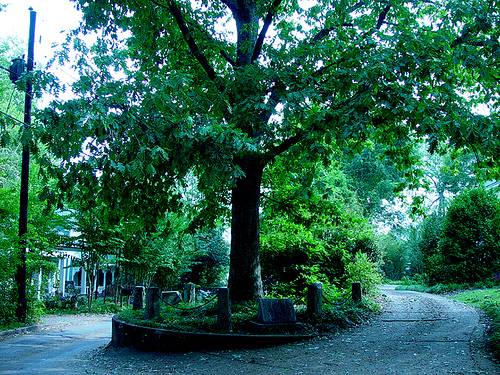If you hear the words “castle thunder,” you probably think of a particular sound effect. That’s not surprising — recorded originally for the 1931 version of Frankenstein, that sound been reused in numerous Disney and Hanna-Barbera cartoons, Scooby-Doo, Gilligan’s Island, and countless movies, including Citizen Kane, Cleopatra, The Hindenburg, Ghostbusters, Airplane!, Murder by Death, Twilight Zone: The Movie, Clue, Back to the Future, Big Trouble in Little China, Trading Places, Short Circuit, Star Wars, The Monster Squad, Death Becomes Her, and Young Frankenstein. You can even hear it in Disneyland’s Haunted Mansion.
See Wilhelm Scream for another famous effect.




